Dynamic interface surrogates for decoupled solution of multiphysics problems
Please login to view abstract download link
Digital twin (DT) modelling, simulation, and data assimilation tasks often require numerical solution of complex system models comprising many heterogeneous components. Decoupled, or partitioned solution methods for such models can significantly improve the efficiency of DT workflows. Typically, partitioned solvers rely on data transfers between components to synchronize them and enable their independent solution. However, accuracy and stability of partitioned methods depends critically on the type of information exchanged between the subproblems. The exchange mechanisms can vary from minimally intrusive, such as remap across interfaces, to more accurate but also more intrusive and expensive estimates based on, e.g., variational flux recovery techniques. These transfer mechanisms are separated by accuracy, performance and intrusiveness gaps that tend to limit the scope of the resulting partitioned methods to specific simulation scenarios. Data-driven system identification techniques provide an opportunity to close these gaps by enabling the construction of accurate, computationally efficient and minimally intrusive data transfer surrogates. This approach shifts the principal computational burden to an offline phase, leaving the application of the surrogate as the sole additional cost during the online simulation phase. In this talk we formulate and demonstrate such surrogate-based partitioned methods for an advection-diffusion transmission equation, modeling the diffusive transport of a scalar quantity across an interface separating two different materials. To build our surrogate we adapt ideas from Dynamic Mode Decomposition (DMD) to learn the dynamics of the interface flux from data. However, unlike traditional DMD applications we consider a staggered state comprising the interface flux at the previous time step and the subdomain states adjacent to the interface at the current time step. In so doing we utilize the most current information available to predict the interface flux necessary for the explicit decoupled solution of the subdomain problems. The accuracy of the resulting DMD flux surrogate is comparable to that of a dual Schur complement reconstruction, yet its application cost is significantly lower. We provide numerical results illustrating the new partitioned approach and also briefly discuss other possible types of surrogates based on operator inference and neural ODE techniques.

